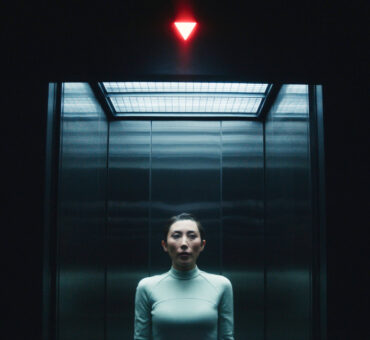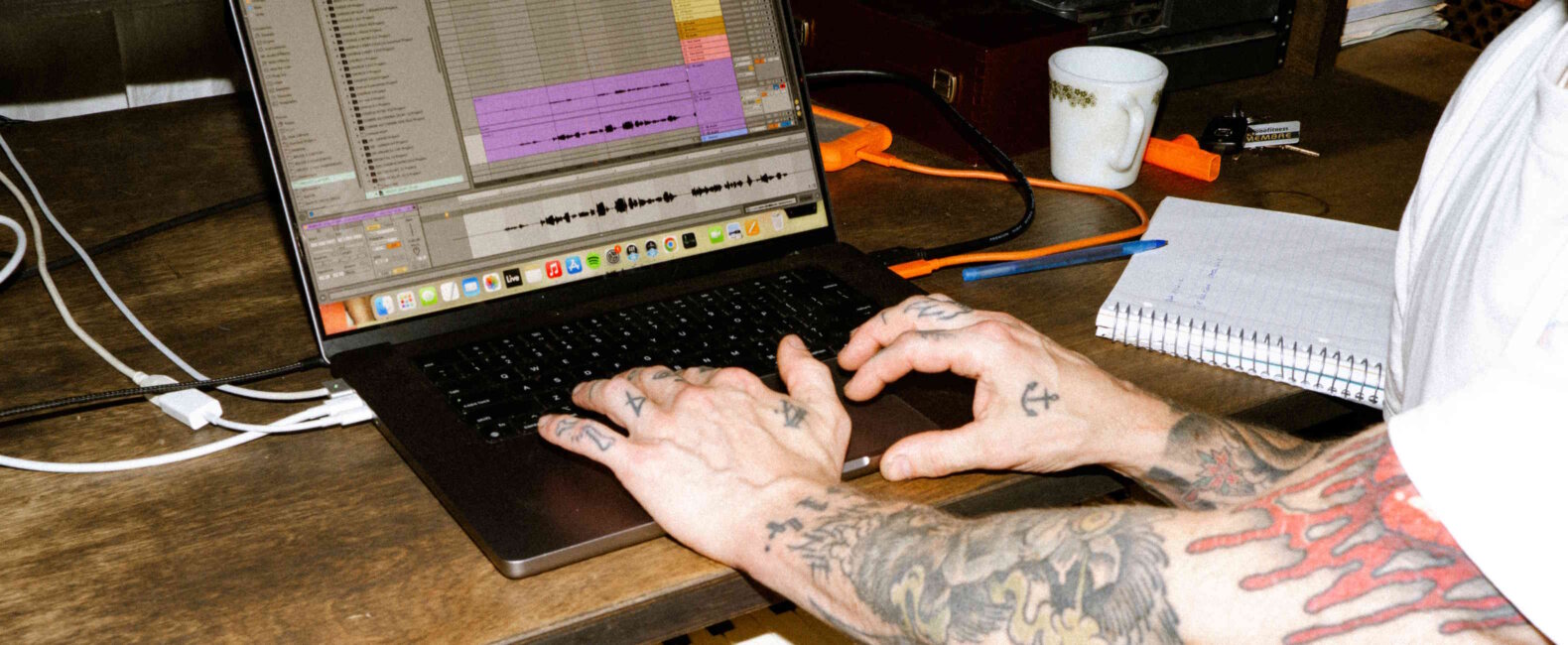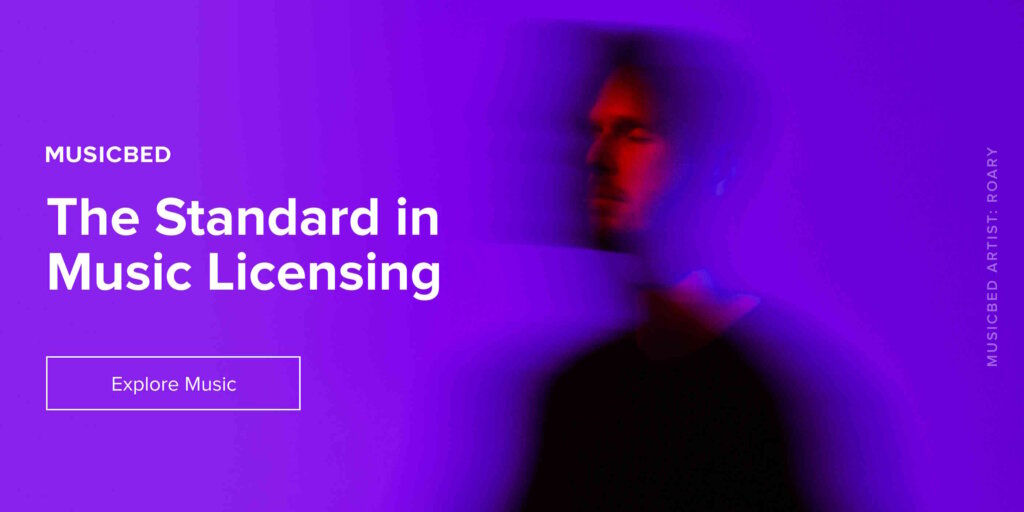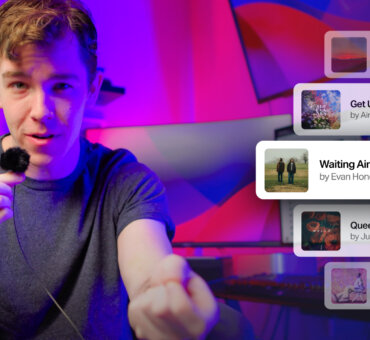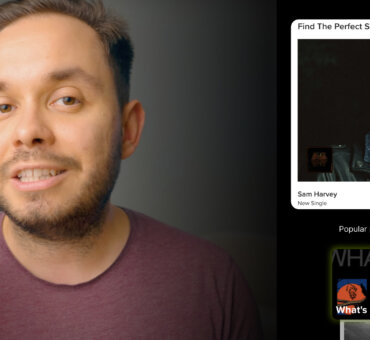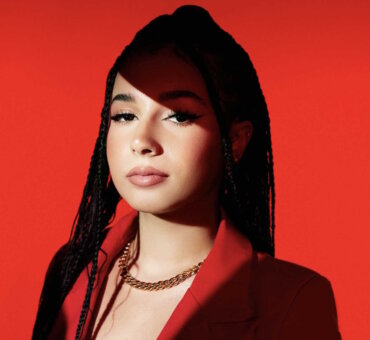While working in the film industry, the chances are you’ve come across the term “intellectual property” a few times before. Intellectual property (IP) rights are essential for creators in the music and film industries for a number of reasons. First and foremost, they protect original works and provide financial incentives through exclusive rights. They can also attract investment, promote cultural diversity by supporting creators from various backgrounds and ensure quality control by allowing creators to manage the use of their work.
Intellectual property rights are vital for fostering creativity, incentivizing investment, preserving cultural heritage and maintaining artistic integrity within the industry, so let’s take a closer look…
The basics: what is intellectual property?
Before anything else, you need to understand what intellectual property actually is. Boiled down, intellectual property is a non-tangible piece of ownership. This is something that the content creator owns the rights to, but is a creation of their mind (such as a song), not a tangible item that we can see or touch. According to the World Intellectual Property Organization, intellectual property is defined as “creations of the mind, such as inventions; literary and artistic works; designs; and symbols, names and images used in commerce.”
As you go about your daily life, you’re encountering (and often using) intellectual property all the time. Here are some classic examples:
- Disney Characters: Mickey Mouse, Elsa from Frozen, and Marvel superheroes like Iron Man and Spider-Man are all highly recognizable characters protected by trademark and copyright laws.
- Apple’s iPhone Design: The design of Apple’s iPhone, including its distinctive shape, user interface, and packaging, is protected by design patents and trademarks.
- Nike’s “Swoosh” Logo: Nike’s iconic “Swoosh” logo is a registered trademark that represents the company’s brand identity.
- Star Wars Franchise: The characters, stories, and visual elements of the Star Wars franchise, created by George Lucas and now owned by Disney, are protected by copyright and trademark laws.
- Harry Potter Series: J.K. Rowling’s Harry Potter books and the characters, spells, and magical creatures within them are protected by copyright and trademarks.
- Amazon’s One-Click Patent: Amazon has a patent for its one-click purchasing process, which allows customers to make a purchase with a single click, without re-entering payment and shipping information.
- Tesla’s Electric Vehicle Technology: Tesla holds numerous patents related to electric vehicle technology, including battery technology, electric motors and autonomous driving systems.
- McDonald’s Golden Arches: McDonald’s iconic Golden Arches logo is one of the most recognizable trademarks in the world, representing the fast-food chain’s brand identity.
- Pokémon Franchise: The Pokémon franchise, including the video games, trading card game, TV series and merchandise is all protected by copyright and trademarks.
- Netflix Originals: Original TV shows and movies produced by Netflix, such as Stranger Things and The Crown, are protected by copyright and represent valuable intellectual property for the streaming service.
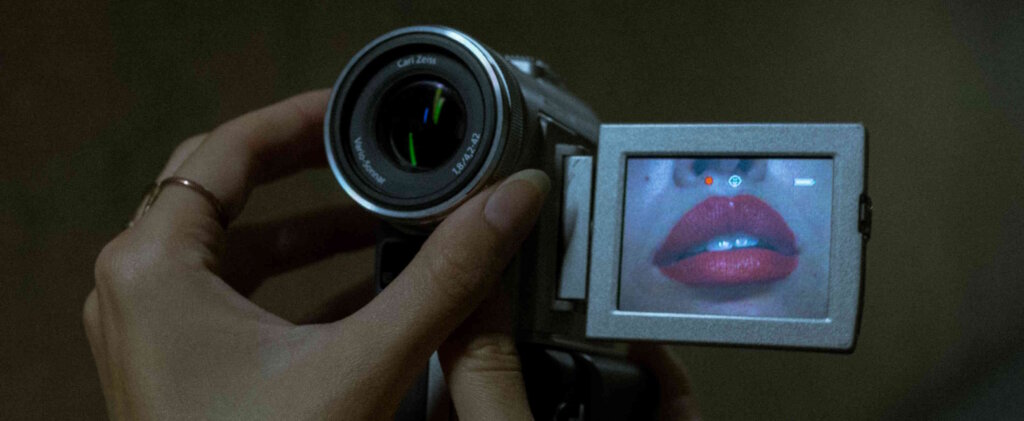
Case study: The Taylor Swift IP fiasco
Naturally, IP also applies to the world of music. For example, the whole of Taylor Swift’s catalog, written and performed by her, is protected by copyright. As one of the biggest stars on the planet, this intellectual property represents considerable value.
Swift’s infamous “IP Story” is a common one in the music industry. Here’s how it played out…
- Original Contract: Taylor Swift signed with Big Machine Label Group early in her career. As part of the contract, Big Machine owned the master recordings of her first six albums.
- Acquisition by Scooter Braun: In June 2019, Big Machine Label Group, including Taylor Swift’s catalog, was acquired by talent manager Scooter Braun’s company, Ithaca Holdings LLC. This acquisition was reportedly worth around $300 million. (Braun has since sold the company, in 2021).
- Swift’s Response: Taylor Swift publicly expressed her displeasure with the acquisition, stating that she was “sad and grossed out” by the fact that her music catalog was now owned by someone she considered to have bullied her in the past. She accused Scooter Braun and Scott Borchetta, the founder of Big Machine Label Group, of manipulative behavior.
- Masters Sale Attempt: Taylor Swift claimed that she was never given the opportunity to buy back her master recordings outright, despite expressing interest in doing so. She alleged that she was presented with a contract that would allow her to earn back one album at a time for each new album she recorded, which she found unacceptable.
- Re-Recording Announcement: In response to the situation, Taylor Swift announced her intention to re-record her first six albums, thereby creating new master recordings that she would own outright. This move was seen as a way for her to regain control over her music and to devalue the original master recordings owned by Big Machine/Ithaca Holdings.
- Release of Re-Recordings: As of the last update, Taylor Swift has begun releasing re-recorded versions of her early albums. This strategy not only allows her to reclaim ownership of her music but also enables her to capitalize on her loyal fan base’s support for her artistic integrity and independence.
This dispute really highlighted the complexities of artist-record label relationships, as well as the evolving strategies artists employ to assert control over their intellectual property in the digital age.
Intellectual property rights
It’s very clear that musicians (and any creative, for that matter), need to know their way around IP and the copyright laws involved with that. So, what are intellectual property rights?
The rights of artists and songwriters over their creations
An artist (a filmmaker or musician in this case) owns their copyright and IP from the moment they create something, whether it’s recorded or written or filmed. Copyright registration is voluntary but most times required if and when you get into copyright litigation. Besides this, it’s good practice and habit to do.
Musicians will typically own their recordings and compositions (written music and lyrics) whenever they can. If they have a publisher or record label, those entities might own, share ownership or even “lease” those rights for a time – much like the Big Machine Label Group-Taylor Swift scenario.
Who has the rights to reproduce, distribute, perform, and display their works?
An artist always has the right to do these things, either by themselves or using entities designed to manage each facet, like a PRO (performing rights organization) or DSP (digital service provider).
Someone else wanting to use the work in one of these ways has to get a license from the correct entity. Reproduction, like a cover song, needs a Mechanical license, which also covers the distribution of a cover song. Meanwhile, performance or display of the work will need a performance license. Distribution of the actual work will be entirely dependent on the type of license or scope the client needs.
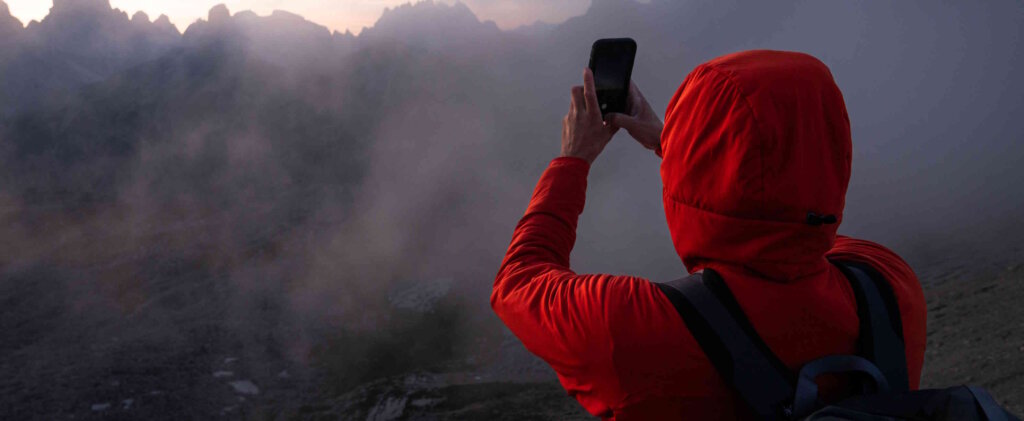
Understanding Musicbed’s rights-managed catalog
The music available on Musicbed is not royalty-free, but rights-managed. Since it’s not royalty free, the music can’t be used over and over in any project for any client for eternity. This is why we have a simple way to log uses, ensuring that on every use, the artist gets paid.
Being rights managed also means there are certain other complexities in licensing that we have to account for – things like Content ID and performance fees (ASCAP, BMI, SESAC, etc). We’ve also encountered music being available sometimes, but not at other times due to exclusive license deals. At Musicbed, we’ve mitigated as much of that complexity as possible through artist contracts that give us a lot of leeway, as well as apps like SyncID, and access to people and articles for help.
As far as how we work with the artists and labels, our team has to explain all the nuances of the business and the clientele up front, negotiate the contracts, collect all the physical assets (music, album art, marketing images), collect all the administrative data (PRO information, ownership information, list of co-writers, co-publishers, and co-master owners), get all of those people signed, and get it all on the site, into Content ID, curated, and licenseable. All of this work on the front end means that you, the client, rarely has to worry about anything on the backend. Even though the music isn’t royalty free, we want the experience with our clients to feel as seamless as possible.
Common Intellectual Property Violations in Music
Alongside cases such as Taylor Swift’s, there are plenty of intellectual property violations that take place on a daily basis throughout the music industry.
Copyright Infringement:
- Unauthorized Sampling: Sampling without permission or proper licensing from the original copyright holder.
- Cover Songs: Performing or recording a cover version of a song without obtaining the necessary licenses from the copyright owner.
- Illegal Downloads: Distributing or downloading copyrighted music without permission from the rights holder, often through peer-to-peer file-sharing networks.
- Piracy: Producing, distributing, or selling unauthorized copies of music recordings, whether physical or digital.
Plagiarism:
- Copying Lyrics or Melodies: Using substantial portions of another songwriter’s lyrics or melodies without permission.
- Unauthorized Adaptation: Modifying or adapting an existing song without permission from the original creator.
Performance Rights Infringement:
- Unlicensed Public Performances: Playing music in public venues such as bars, restaurants, or clubs without obtaining the necessary licenses from performing rights organizations (PROs).
- Broadcasting Without Clearance: Broadcasting music on radio, TV, or online without obtaining proper licenses or clearance from the copyright holders.
Trademark Infringement:
- Unauthorized Use of Artist Names or Logos: Using an artist’s name, likeness, or logo without permission for commercial purposes, such as merchandise or promotional materials.
Digital Distribution and Streaming Issues:
- Manipulating Streaming Metrics: Engaging in fraudulent activities to artificially inflate streaming numbers, such as using bots or automated scripts.
- Unauthorized Uploads: Uploading music to digital platforms without proper authorization from the rights holder.
Contractual Violations:
- Breach of Contract: Violating terms of agreements between artists, labels, publishers, or other parties regarding the use, distribution, or licensing of music.
Famous cases
It’s not uncommon for high-profile stars to get dragged into infringement cases concerning intellectual property infringement. With huge money and reputations on the line, there’s a lot at stake. There’s the well-known 2015 case of Marvin Gaye’s family claiming that Robin Thicke and Pharrell William’s hit song “Blurred Lines” copied Gaye’s original 1977 song “Got to Give It Up”. The jury ruled in their favor, awarding them $7.4million.
Meanwhile, in 2023 Ed Sheeran was clear of any wrongdoing in a case that alleged he’d copied key elements from the Marvin Gaye 70s hit “Let’s Get It On” for his own “Thinking Out Loud.”
Elsewhere, The Verve’s “Bitter Sweet Symphony” sampled an orchestral version of The Rolling Stones’ song “The Last Time,” but they exceeded the license they had obtained. The Rolling Stones’ former manager Allen Klein sued The Verve, resulting in The Rolling Stones receiving 100% of the royalties and songwriting credits. In 2019, Mick Jagger and Keith Richards relinquished their rights to the song, returning them to The Verve’s Richard Ashcroft.
Each and every case is different, but it’s demanding on time and resources, not to mention stressful. It’s best to avoid any legal complications and abide by all IP copyright laws.
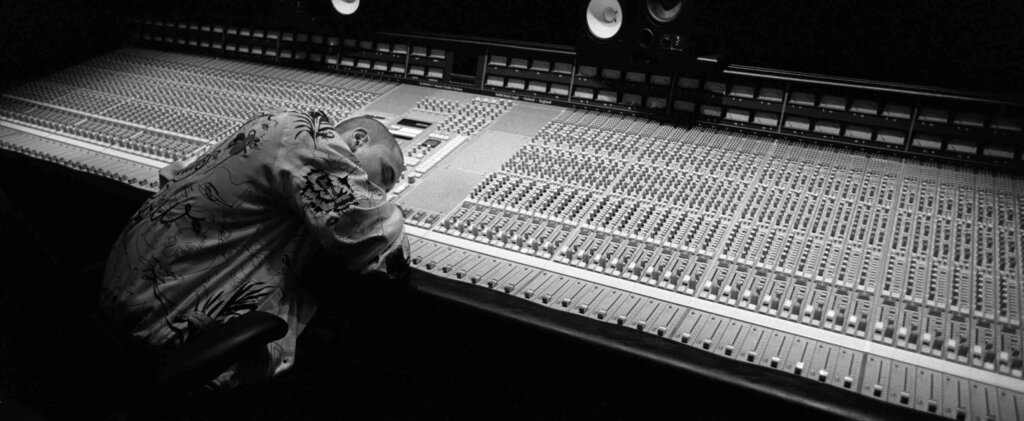
Intellectual Property in the Film Industry
We’ve taken a look at the music industry, but what do intellectual property rights look like in the world of filmmaking? Understanding the different elements helps in recognizing the broad scope of IP in films and the various legal protections that filmmakers rely on to safeguard their creative works and associated commercial interests.
Scripts and Screenplays:
- Copyright: The written script or screenplay is protected by copyright law, which grants the creator exclusive rights to reproduce, distribute, perform, display and create derivative works based on the script.
Characters:
- Copyright: Distinctive and well-developed characters can be protected by copyright, particularly if they are depicted in a specific narrative or visual form.
- Trademark: Characters that are used in merchandising and branding can also be protected by trademark law. For example, characters like Mickey Mouse and Batman have trademark protection because they are closely associated with their respective brands.
Film Titles:
- Trademark: Titles of films can be protected under trademark law, especially if they are part of a series or franchise. This helps prevent consumer confusion and protects the brand identity.
Music and Soundtracks:
- Copyright: Original music scores and soundtracks are protected by copyright. This covers the composition, recording, and any performances of the music.
Dialogue and Quotations:
- Copyright: Specific lines of dialogue, especially if they are unique and recognizable, can be protected under copyright. Famous catchphrases may also be trademarked.
Visual and Special Effects:
- Copyright: Visual effects, animations, and other special effects created for a film are protected by copyright as they are considered original works of authorship.
Costumes and Set Designs:
- Copyright: Unique costume designs and set designs can be protected by copyright, provided they demonstrate a significant level of creativity and originality.
- Trademark: Iconic costumes associated with a brand or franchise can also be protected under trademark law.
Film Footage:
- Copyright: The actual footage of a film, including all visual and audio elements captured in the film, is protected by copyright.
Merchandise:
- Trademark: Products such as toys, clothing and other merchandise that feature elements from the film are protected under trademark law. This ensures that only authorized parties can produce and sell these items.
Logos and Branding:
- Trademark: Logos, symbols and other branding elements associated with a film or film studio are protected by trademark law. This helps in maintaining brand identity and preventing unauthorized use.
Story and Plot:
- Copyright: The specific expression of a story or plot, as written in a screenplay or depicted in a film, is protected by copyright. However, general ideas and themes are not copyrightable, only the specific way they are expressed.
Collaborations and IP Ownership
Collaborations and negotiations between IP owners and film studios is always going to look a little different each and every time, but here are some of the typical agreements you’d encounter in the boardroom:
- Option Agreements:
- Purpose: Allows the studio to “option” the rights to a work (e.g., a book) for a set period, securing the opportunity to purchase the rights later.
- Terms: Includes an option fee, duration of the option, and the purchase price if the option is exercised.
- Purchase Agreements:
- Purpose: Directly buys the rights to a work from the IP holder.
- Terms: Includes the purchase price, scope of rights (e.g., film, TV, merchandising) and payment terms.
- License Agreements:
- Purpose: Allows the studio to use certain IP elements (e.g., characters, music) without ownership.
- Terms: Defines the scope of use, duration, territory and royalty payments.
- Co-Production Agreements:
- Purpose: Involves two or more studios collaborating on a film production.
- Terms: Covers cost-sharing, revenue sharing, creative control and distribution rights.
Meanwhile, when it comes to negotiating the agreements and ironing everything out, this is what you’d expect from the typical process:
- Negotiation Process:
- Initial Contact: Studio expresses interest in the IP and negotiates terms with the IP holder or their representative (e.g., agent).
- Drafting Agreements: Legal teams draft agreements specifying rights, payments and obligations.
- Due Diligence: Studio conducts due diligence to ensure IP ownership and any existing encumbrances.
- Key Terms and Considerations:
- Scope of Rights: Defines which rights are being transferred or licensed (for example, theatrical, digital, merchandising).
- Compensation: Involves upfront payments, royalties and profit participation.
- Creative Control: Specifies how much input the original IP holder has on the adaptation.
- Duration: Sets the term for how long the studio can use the IP.
- Reversion: Conditions under which rights revert to the original holder if the studio does not proceed with production.
- Revenue Sharing:
- Box Office Gross: Percentage of box office earnings shared with IP holders.
- Net Profits: After deducting production and marketing costs, net profits may be shared.
- Ancillary Revenues: Includes earnings from merchandise, streaming and home video sales.
By structuring these agreements carefully, studios and IP holders can clearly define their rights and obligations, ensuring mutually beneficial partnerships.
Protecting Your Intellectual Property
If you want to secure your IP by registering it, the process is relatively straightforward. As we mentioned at the beginning of this article, it’s a good habit to practice.
- Identify the IP. Determine the type of IP you have (is it a script, character or film footage).
- Conduct a Search. Perform a search to ensure your IP is original and not infringing on existing IP.
- Documentation Document your creation process and maintain records (do you have drafts, dates and correspondence).
- Consult a Lawyer. You should seek legal advice to understand the best protection strategy and necessary filings.
- File for Protection. Firstly, you’ll want to register for copyright with the relevant authority (for example, the U.S. Copyright Office). Submit an application with a copy of the work and pay the fee.
For a trademark, you’ll need to do the same, registering with the relevant authority (the U.S. Patent and Trademark Office, for example), before submitting an application, the specimen of use and paying the fee.
If applicable, also go ahead and file for a patent.
In order to protect your IP, there are a few legal measures you can take.
- Contracts and Agreements. Use NDAs and contracts to protect IP during collaborations.
- Cease and Desist Letters. Send formal notices to infringers to stop unauthorized use.
- Litigation. Pursue legal action against infringers if necessary.
- Regular Renewals. Ensure timely renewals of trademarks and copyrights.
Additionally, there are some practical measures that are well worth following.
- Watermarking. Use digital watermarks on film footage and images.
- Secure Storage. Store original works and sensitive documents in secure locations.
- Monitoring and Enforcement. Regularly monitor for unauthorized use of your IP by making use of services that track IP infringement online.
- Educate Employees and Partners. Train staff and collaborators on IP protection practices.
Wrapping up
So, there are the basics of intellectual property rights laid bare for both musicians and filmmakers. The entertainment industries are worth billions of dollars, so understanding and protecting IP for creators in these different sectors is imperative.
If you don’t understand the rules and laws and if you don’t abide by them, you open yourself up to all kinds of legal scrutiny that could become very costly, very fast.
























